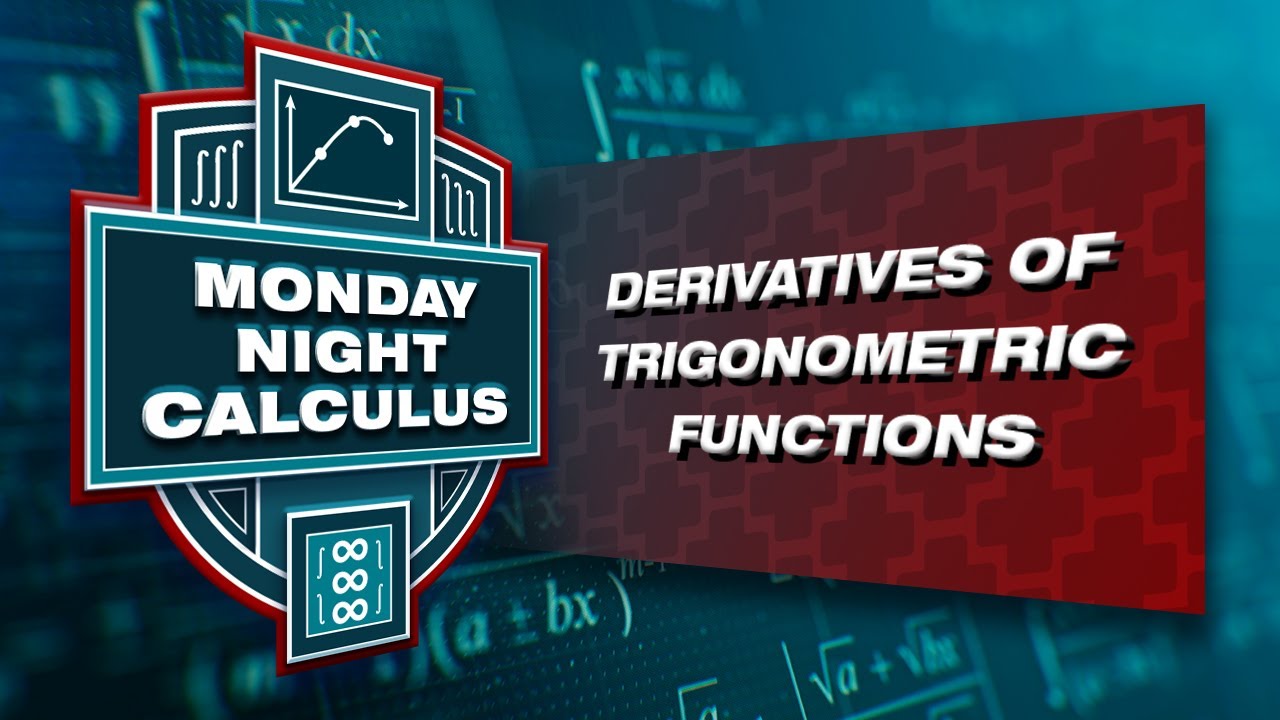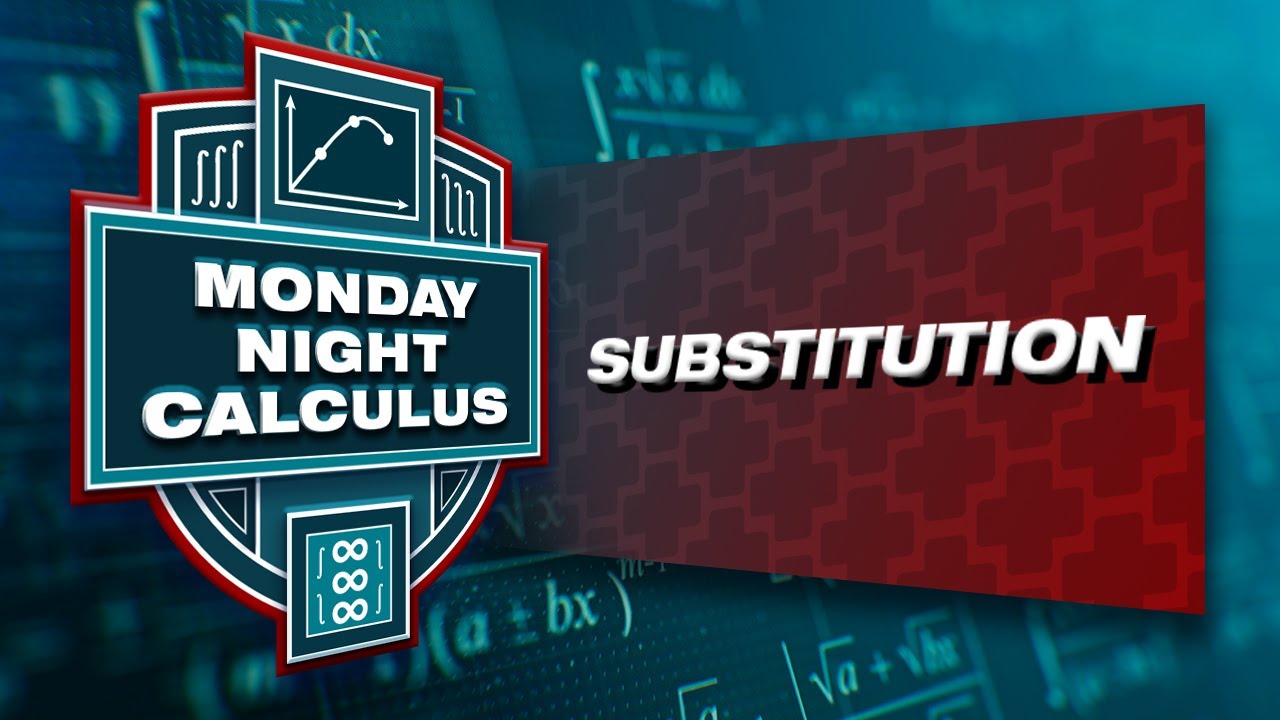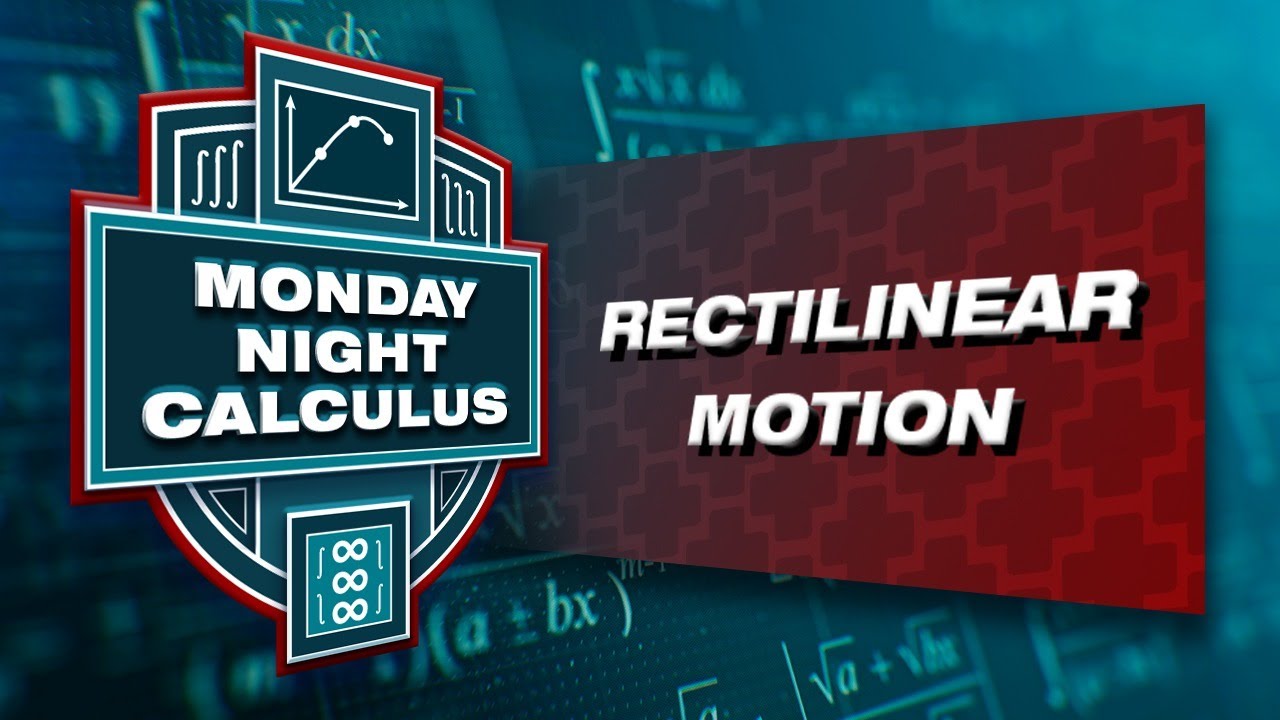Monday Night Calculus: Function Analysis With Graphical Stems
TLDRIn this engaging Monday Night Calculus session, Steve Kokoska and Tom Dick discuss function analysis using graphical stems. They delve into finding intervals of increase and decrease, identifying critical points, and classifying them as relative minima or maxima. The session also explores inflection points, concavity, and the application of calculus concepts to graphical analysis. The presenters address common errors in problem-solving and encourage interactive learning, making the session valuable for both students and teachers.
Takeaways
- 📘 The session focused on function analysis using graphical stems, a common problem in AP Calculus.
- 📊 The discussion involved analyzing the graph of f prime, the derivative of a differentiable function f, over a closed interval.
- 🔍 Identifying intervals where f is increasing or decreasing was based on the sign of f prime.
- 📌 Critical points were determined by finding where f prime equals zero or does not exist.
- 📈 The concavity of f was analyzed by looking at the behavior of f double prime.
- 🔄 Inflection points were identified by changes in concavity and the graph of f prime.
- 🤔 The session addressed common errors, such as misunderstanding the definition of increasing/decreasing functions and concavity.
- 🌐 The use of technology, specifically the Texas Instruments website, was encouraged for accessing materials and problem sets.
- 🎓 The importance of understanding calculus concepts and theorems, such as Rolle's Theorem, was emphasized.
- 📝 The session concluded with problem-solving tips for the AP Calculus exam and encouragement for students to participate.
- 📅 Future Monday Night Calculus sessions were announced, with plans to continue into the spring after a December hiatus.
Q & A
What is the main topic of the calculus session mentioned in the transcript?
-The main topic of the calculus session is function analysis using graphical stems.
How does the speaker suggest finding intervals where a function is increasing or decreasing?
-The speaker suggests using the theorem that states if f prime of x is greater than zero, then f is increasing on that interval, and if f prime of x is less than zero, then f is decreasing on that interval.
What is the significance of the term 'inflection point' in the context of the discussion?
-An inflection point is a point on the graph of a function where the concavity of the function changes. The speaker mentions that it is important to identify these points when analyzing a function's graph.
How does the speaker address the concept of critical points in relation to the function's graph?
-The speaker discusses critical points as the values of x where f prime of x is equal to zero or where f prime of x does not exist. They also mention that there might be different interpretations regarding the inclusion of endpoints in the critical points discussion.
What is the relevance of the 'mean value theorem' in the context of the problem about the existence of a value of c?
-The speaker suggests that the mean value theorem, specifically Rolle's theorem, could be used to address the problem about the existence of a value of c for which f double prime of c is equal to zero. However, they also note that the conditions for the theorem may not be met due to the non-differentiability of f prime at certain points.
What is the significance of the graph of f prime in the discussion?
-The graph of f prime is significant as it provides a visual representation of the derivative of the function f. It is used to identify intervals of increase/decrease, critical points, inflection points, and to answer questions related to the second derivative of the function.
How does the speaker handle a question about the graph of f double prime based on the graph of f prime?
-The speaker suggests that one could sketch the graph of f double prime by inferring the second derivative from the graph of f prime, considering the slopes and changes in concavity of the graph of f prime.
What is the role of the Texas Instruments website mentioned in the transcript?
-The Texas Instruments website is mentioned as a resource where additional materials for the calculus session can be found. It is implied that the website may host problem sets and other educational materials related to the session's topic.
What is the significance of Joe Biden's mention of 'inflection point' in his speech?
-The speaker brings up Joe Biden's use of the term 'inflection point' in his speech to illustrate the relevance of calculus terminology in everyday language and to highlight the importance of understanding such terms in the context of calculus.
How does the speaker approach the problem of finding the intervals where f is increasing and concave down?
-The speaker approaches this problem by identifying the intervals where f is increasing based on the sign of f prime and then finding where f prime is decreasing to determine the concave down intervals. The intersection of these two sets gives the intervals where f is both increasing and concave down.
Outlines
📚 Introduction to Monday Night Calculus
The paragraph introduces the Monday Night Calculus session, expressing excitement for the event and encouraging participation. The speaker mentions the availability of materials on the Texas Instruments website and discusses an upcoming session scheduled for November 30th. The session's main topic is function analysis using graphical stems, and the speaker highlights the relevance of calculus in current events, specifically mentioning President Joe Biden's use of the term 'inflection point'. The speaker also addresses a couple of questions from viewers and sets the stage for a detailed discussion on the topic.
📈 Function Analysis and Critical Points
This paragraph delves into the analysis of a function's behavior using its derivative graph. The speaker explains how to determine intervals where the function is increasing or decreasing by examining where the derivative is positive or negative. The concept of critical points is introduced, with the speaker illustrating how to identify and classify them as relative minima, maxima, or neither based on the sign change of the derivative. The speaker also discusses the importance of understanding the precise definition of increasing and decreasing functions and the implications of including endpoints in these intervals.
📊 Inflection Points and Concavity
The speaker continues the discussion on function analysis by focusing on concavity and inflection points. The concept of concave up and concave down intervals is explained, with the speaker using the graph of the derivative to identify where the function's second derivative would be positive or negative. The speaker also addresses the common errors students make when identifying inflection points and the challenges in determining critical points at the endpoints of a domain. The conversation touches on the nuances of differentiating between closed and open intervals and the implications for the function's behavior.
🤔 Common Errors and Theorems in Calculus
In this paragraph, the speaker discusses common errors students make when answering calculus questions, particularly on the AP Calculus exam. The speaker emphasizes the importance of justifying intervals based on the given information about the derivative rather than making assumptions about the second derivative. The speaker also highlights the need to correctly identify critical points as relative extrema and the potential pitfalls in doing so. The conversation turns to the Mean Value Theorem and Rolle's Theorem, with the speaker posing a question about the appropriate theorem to use in proving the existence of a certain value within a given interval.
🌟 Teaching Strategies and Problem Solving
The speaker shifts the focus to teaching strategies and problem-solving techniques in calculus. The speaker suggests ways to approach problems involving the net change theorem and the fundamental theorem of calculus. The speaker also discusses how to sketch graphs of functions and their derivatives based on given information, emphasizing the importance of understanding the relationships between different derivatives and their graphical representations. The speaker encourages teachers to engage their students with these types of problems and to explore the connections between various calculus concepts.
📖 Piecewise Functions and Analytical Formulas
The speaker discusses the use of piecewise functions and analytical formulas in understanding calculus problems. The speaker recreates a graph from a problem set and explains how to derive an analytical formula for the function represented by the graph. The speaker emphasizes the utility of having an analytical form for functions, especially when using technology for teaching and illustration. The speaker also demonstrates how to use the TI-Inspire calculator to graph functions and their derivatives, highlighting the benefits of using technology to visualize and analyze calculus problems.
🔍 Exploring Numerical Derivatives on TI-84
The speaker switches to the TI-84 calculator to explore numerical derivatives and the graphical representation of functions. The speaker demonstrates how to define piecewise functions on the calculator and graph them, providing insights into the numerical approximation of derivatives. The speaker also discusses the limitations of using numerical derivatives at points of non-differentiability and the importance of understanding the calculator's approximation process. The conversation concludes with a discussion on the educational value of using calculators in learning calculus and the need to complement numerical approximations with a solid understanding of calculus concepts.
Mindmap
Keywords
💡Calculus
💡Function Analysis
💡Graphical Stems
💡Critical Points
💡Inflection Points
💡Concavity
💡Derivative
💡AP Calculus
💡Texas Instruments Website
💡Piecewise Function
Highlights
The session focuses on function analysis using graphical stems, a staple topic in AP Calculus for decades.
The speaker mentions the importance of reviewing materials on the Texas Instruments website for additional resources.
The concept of inflection points is discussed in the context of a national news event where Joe Biden used the term correctly.
The speaker emphasizes the need to understand the precise definition of increasing and decreasing functions to solve problems correctly.
The session covers how to identify intervals where a function is increasing or decreasing based on the sign of the derivative.
The process of classifying critical points as relative minimums, maximums, or neither is explained using the graph of the derivative.
The speaker discusses the concept of concavity and how to determine intervals where a function is concave up or down.
The session addresses common errors students make, such as justifying intervals with incorrect references to the second derivative.
The speaker provides a detailed analysis of a complex problem involving the graph of a derivative, including identifying intervals of increase and concavity.
The session touches on the topic of existence questions and how to approach them using calculus theorems.
The speaker uses the mean value theorem (specifically Rolle's theorem) to discuss the existence of a value for which the second derivative is zero.
The session includes a discussion on the relationship between the graphs of a function, its derivative, and its second derivative.
The speaker provides a method for sketching the graph of a function based on the graph of its derivative, emphasizing the importance of understanding the relationship between them.
The session concludes with a problem involving sketching the graph of the second derivative based on the graph of the first derivative.
The speaker encourages students and teachers to participate in the Monday Night Calculus series for further learning and engagement.
Transcripts
Browse More Related Video

Monday Night Calculus: Derivatives of Trigonometric Functions

Fall 2023 MNC: Up close and personal with differentiability and local linearity

Monday Night Calculus: Local Linearity and L’Hospital’s Rule

Monday Night Calculus: Substitution

Monday Night Calculus: Rectilinear motion

Monday Night Calculus: Reviewing for the AP exam
5.0 / 5 (0 votes)
Thanks for rating: